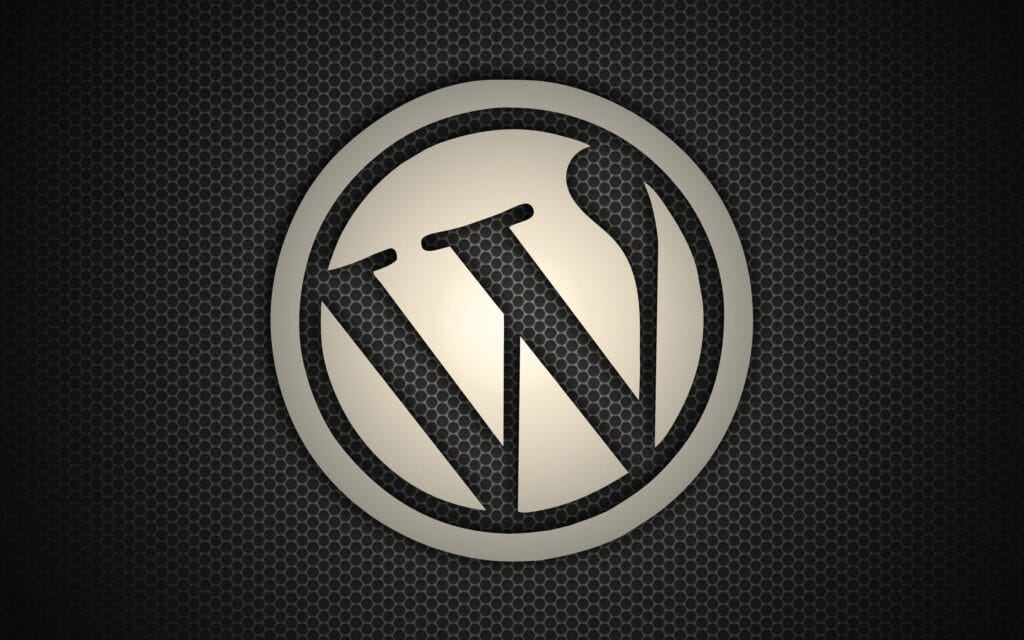+201142972783
The Future of WordPress Development: What to Expect

As we move into 2025 and beyond, WordPress continues to dominate as the world’s most popular content management system. But the platform is rapidly evolving — and so are the technologies, trends, and expectations that surround it.
In this article, we’ll explore the key trends and predictions shaping the future of WordPress development, and what developers should prepare for to stay ahead of the curve.
1. Full-Site Editing (FSE) Becomes the Norm
Gutenberg started as a block editor, but it has now grown into Full-Site Editing, allowing developers and users to design entire sites using blocks — including headers, footers, and templates.
What to expect:
Block-based themes will become standard
Customizer and widgets will be deprecated
Developers must learn block.json and theme.json configurations
2. Headless WordPress Will Grow
Using WordPress as a headless CMS with REST API or GraphQL (like WPGraphQL) is becoming more common in enterprise applications. It separates the backend (WordPress) from the frontend (React, Vue, Next.js, etc.).
Why it’s important:
Better performance
Flexible frontend frameworks
Ideal for app-like experiences
3. Increased Focus on Security
With WordPress powering over 40% of the web, it’s a major target for cyberattacks. Expect:
Stronger default security measures
Wider use of two-factor authentication
More developers embracing secure coding best practices
4. Mobile-First and Performance-First Approach
Google’s Core Web Vitals, mobile indexing, and fast load times will dominate future SEO and UX.
What devs must do:
Optimize images using WebP
Use performance plugins like WP Rocket or LiteSpeed Cache
Prioritize responsive, lightweight themes
5. AI and Automation Integration
Artificial intelligence is making its way into WordPress with tools like:
AI content assistants (e.g., GetGenie, Bertha.ai)
Automated code generation
Chatbots and support systems
Developers who learn how to integrate and build around these tools will lead the next generation of smart websites.
6. More Use of No-Code/Low-Code Tools
The rise of Elementor, Bricks, and Breakdance means more clients will expect powerful builds with less code.
But developers are still essential to:
Extend functionality with custom code
Build and optimize complex systems
Ensure scalability and maintainability
7. WordPress for SaaS and Application Development
WordPress is no longer just for blogs or small business sites. It’s now used to power:
Learning Management Systems (LMS)
Membership and subscription sites
SaaS apps using plugins + custom development
8. Modern Development Practices
Expect more adoption of:
Git and version control workflows
CI/CD pipelines (e.g., GitHub Actions, DeployHQ)
Local development with tools like DevKinsta, Local, or Docker
Final Thoughts
WordPress isn’t going anywhere — but the way we develop with it is changing fast. To succeed as a WordPress developer in the future:
Master Gutenberg and block development
Stay up to date with headless and RESTful trends
Focus on security, performance, and mobile UX
Learn modern tools and workflows
Embrace AI, automation, and no-code integrations
The future of WordPress is exciting, flexible, and full of opportunities — are you ready for it?
Newsletter
Send us and start your journey with us!
